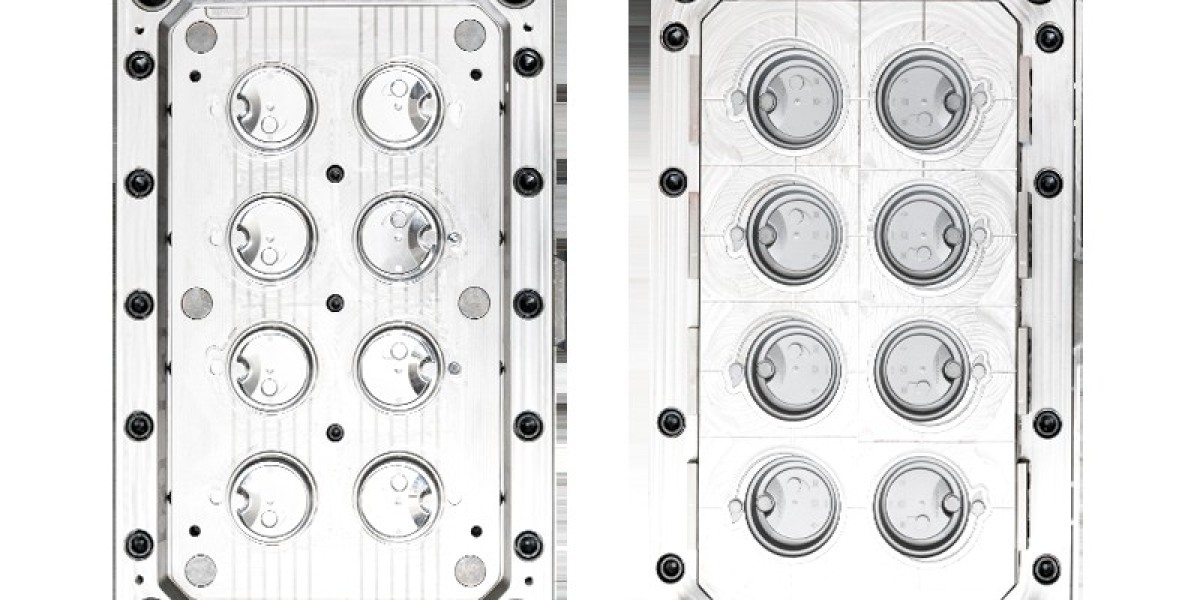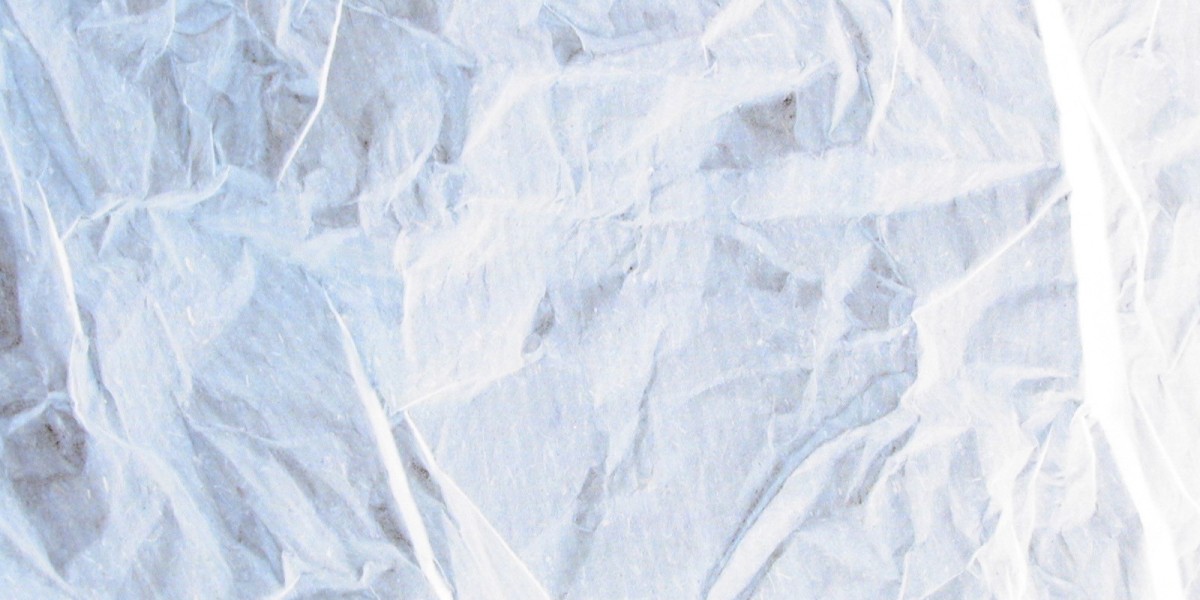The transformative process inside a plastic injection mould factory is fundamentally governed by the behaviour and characteristics of the polymeric materials it uses. The selection of the appropriate plastic resin is one of the most critical decisions, influencing the final part's mechanical properties, chemical resistance, appearance, and cost. A comprehensive plastic injection mould factory maintains a broad knowledge of material science, offering expertise in a wide array of thermoplastics, from common commodities like polypropylene (PP) and acrylonitrile butadiene styrene (ABS) to advanced engineering polymers such as polycarbonate (PC) and polyether ether ketone (PEEK). Each material possesses a unique set of processing requirements, including its specific melting temperature, flow rate (Melt Flow Index), and cooling profile. The ability to expertly handle this diverse range of materials is a core competency that defines a versatile and capable plastic injection mould factory, allowing it to serve a wide spectrum of industries from automotive to consumer electronics.
Upon arrival at the plastic injection mould factory, plastic resins are typically in the form of small pellets. These raw materials must be carefully prepared and handled before they can be introduced into the injection moulding machines. They are often stored in bulk containers or bags in a dry environment to prevent moisture absorption. Many polymers are hygroscopic, meaning they readily absorb moisture from the atmosphere, which can vaporize during processing and cause surface defects like splay marks or silver streaks, or degrade the polymer, reducing its mechanical strength. Therefore, a crucial preparatory step in a plastic injection mould factory is the drying of resins. This is accomplished using specialized hopper dryers that circulate dehumidified air through the material for a specified period and at a precise temperature to drive out moisture. For some applications, masterbatches—concentrated mixtures of pigments or additives—are blended with the base polymer to impart specific colours or properties such as UV resistance or flame retardancy.
The processing window within the injection moulding machine is where material behaviour is actively managed. The temperature profile along the barrel must be set to melt the polymer completely without degrading it. Excessive heat can cause thermal decomposition, while insufficient heat can result in unmelted pellets and poor part consolidation. Injection speed and pressure must be tuned to the material's viscosity to ensure the cavity is filled completely and rapidly before the material begins to solidify. After filling, the packing pressure must be applied appropriately to compensate for the material's shrinkage coefficient. Cooling time is directly related to the material's thermal properties; crystalline materials generally require longer cooling times than amorphous polymers. The personnel in a plastic injection mould factory must understand these intricate material-process interactions to establish stable production cycles and manufacture parts that meet all specified requirements.
Sustainability considerations are becoming increasingly integrated into the operations of a forward-thinking plastic injection mould factory. This involves a focus on material efficiency and the management of plastic waste. A significant portion of the material used in a plastic injection mould factory can be regrind—the sprues and runners generated during the moulding process are often granulated and reintroduced into the production cycle in a controlled ratio with virgin material. Furthermore, many facilities now have experience processing post-consumer recycled (PCR) content or biopolymers derived from renewable resources. The expertise required to handle these alternative materials, which can have different processing characteristics and purity levels, is an expanding area of knowledge for a modern plastic injection mould factory. By optimizing part designs to use less material, managing regrind effectively, and incorporating recycled resins where applicable, the plastic injection mould factory plays a vital role in promoting a more circular economy for plastics, reducing the environmental footprint of the products it helps create.







